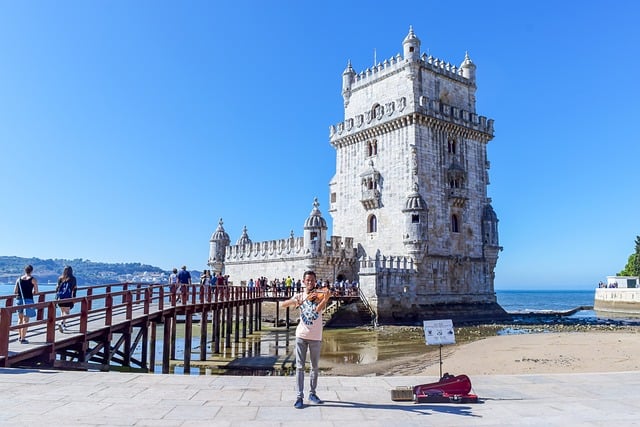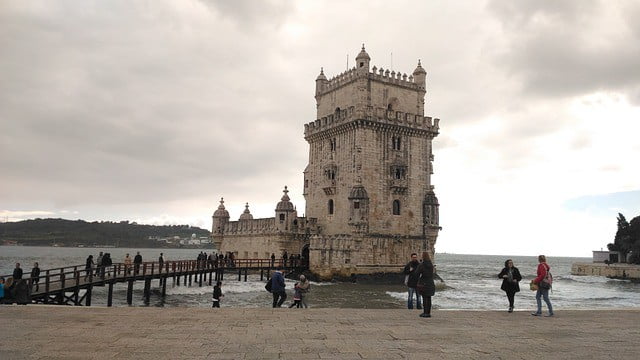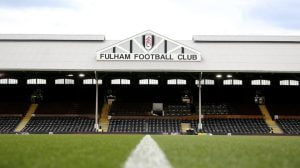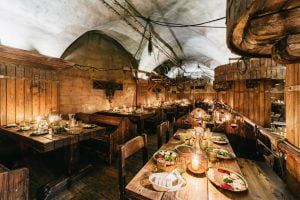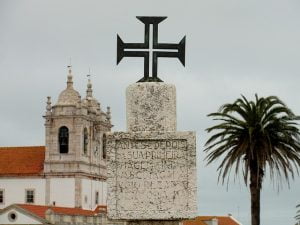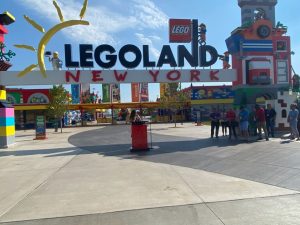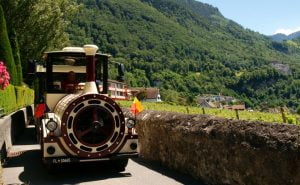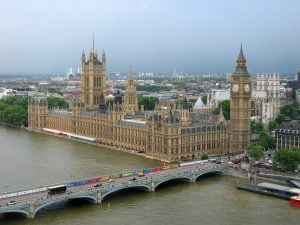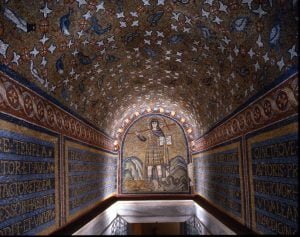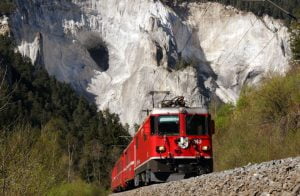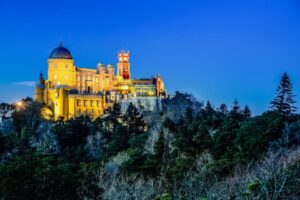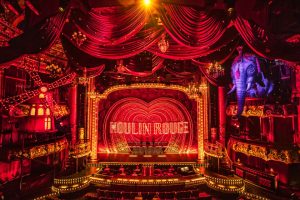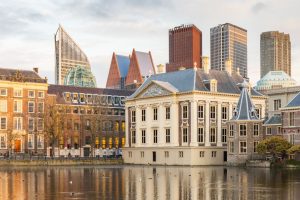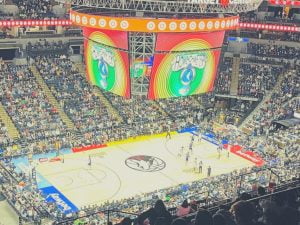Torre de Belém in Lisbon tickets, tours, directions, recommendations for travelers!
Lisbon Brake Tower: Everything you need to know
Brake tower (Torre de Belém) is one of the most famous monuments in Lisbon, Portugal. It was built at the beginning of the 16th century on the bank of the Tagus River, and was used as a watchtower and a point of departure for expeditions of discovery. The tower is a UNESCO World Heritage Site and one of the symbols of the city of Lisbon.
history:
- The tower was built between 1514 and 1521 by King Manuel I.
- It was designed by the architects Francisco de Arruda and Francisco de Hollanda.
- The tower was used as a watchtower to protect the city from attacks from the sea.
- It was also used as a departure point for voyages of discovery, including Vasco da Gama's voyage to India.
Belm Tower, or Torre de Belm, is an iconic fortification located in Lisbon, Portugal, which has played a significant role in the country's maritime history. Built in the early 16th century during the Age of Discovery, the tower is a striking example of the Portuguese Manueline style, which combines Gothic, Renaissance and Moorish architectural elements. Its history, architecture and significance make it a fascinating subject. Below is a detailed look at the history of Migdal Belem:
Sources and construction
Purpose: Initially, a brake tower was built to serve as a defense system at the mouth of the Tagus River and a ceremonial gateway to Lisbon.
Building: The tower was commissioned by King Manuel I of Portugal and built between 1514-1520. The military architect Francisco de Arruda designed it, incorporating the rich decoration and symbolic elements characteristic of the Manueline style.
Strategic Significance: Located on a small island near the right bank of the Tagus River, the tower was strategically placed to protect Lisbon from potential seafaring invaders.
Architectural features
Design: The tower is a four-story limestone structure that features elaborate sculptural motifs, including ropes, armillary spheres, crosses of the Order of Christ, and natural elements such as coral and seaweed.
Interior: Inside, the tower contains several rooms that were used for military purposes, including the governor's hall, the kings' hall and the chapel.
battles: The balcony offers a panoramic view of the Tagus River and was used to deploy artillery against ships approaching Lisbon.
historical role
Age of Discovery: During the 16th century, when Portugal was at the height of its naval power, the tower played a key role in protecting and controlling the Tagus River estuary. It symbolized the age of exploration and the vast maritime empire that Portugal established at that time.
Changes in use: Over the centuries, the role of the tower has evolved. It served various functions, including a customs checkpoint, a telegraph station and even a lighthouse.
Cultural significance: Beyond its military and functional roles, the Brake Tower has become a monument to Portugal's Age of Discovery and a symbol of the country's rich history and culture.
Conservation and heritage
UNESCO World Heritage Site: In 1983, Belem Tower was classified, along with the nearby Jeronimos Monastery, as a UNESCO World Heritage Site. This recognition emphasizes its significance in world history and its exceptional architectural value.
Tourist attraction: Today, the tower is one of Lisbon's most popular tourist attractions, attracting visitors from around the world to marvel at its beauty, history and architectural significance.
Belem Tower remains a testament to Portugal's maritime achievements and a powerful symbol of the nation's historical and cultural identity. Its preservation as a museum and historical monument allows people to explore and appreciate its rich heritage.
architecture:
- The tower is a spectacular example of Manueline architecture, a style unique to Portugal.
- It is decorated with many decorative elements, including armillary spheres, crosses of the Order of Christ, and carved ropes.
- The tower is built of six small guard towers and an observation deck.
A visit to Migdal Belem:
- You can climb the stairs to the observation deck of the tower and enjoy the spectacular view of the Tagus River, the city of Lisbon and the Monument to the Explorers.
- Inside the tower you can visit a small museum that tells the story of the tower and the history of the Age of Discovery.
- The tower is open to the public from Tuesday to Sunday, between 10:00 and 18:00.
- The entrance fee is 6 euros per adult.
Tips for visitors:
- It is recommended to arrive at the tower in the early morning or late afternoon to avoid crowds.
- You can purchase combined tickets for Belem Tower and the nearby Jeronimos Monastery.
- There is a small souvenir shop on the ground floor of the tower.
A combined tour of the Belem fortress and the Jeronimos monastery
brake fortress (Torre de Belém) and Jeronimos Monastery (Mosteiro dos Jerónimos) are two UNESCO World Heritage Sites located side by side in the Belem district of Lisbon, Portugal. Both buildings are magnificent examples of Manueline architecture, a style unique to Portugal.
A combined tour of both sites is a great way to learn about Portugal's history and culture.
Here is a suggestion for a tour route:
1. Start with a visit to Belem Fortress.
- Climb the stairs to the observation deck of the tower and enjoy the spectacular view of the Tagus River, the city of Lisbon and the Monument to the Explorers.
- Visit the small museum that tells the story of the tower and the history of the Age of Discovery.
2. Next, walk to Jeronimos Monastery.
- Stroll along the magnificent cloisters of the monastery.
- Visit the church, where Vasco da Gama and many other of Portugal's greats are buried.
- Go up to the tower of the monastery and enjoy the panoramic view of the city.
tips:
- It is recommended to arrive at the sites in the early morning or late afternoon to avoid crowds.
- You can purchase combined tickets for both sites.
- There are small souvenir shops at both sites.
Note: There may be changes in opening hours and admission prices. It is recommended to check the websites of the sites before visiting.
In addition to the Belem Fortress and Jeronimos Monastery, the Belem district has many other sites worth visiting, including:
- The Monument of the Discoveries: An impressive monument commemorating the Portuguese explorers.
- Berardo Museum: Museum of modern and contemporary art.
- Saint Georges Tower: An ancient citadel overlooking the city.
- Alfama neighborhood: A picturesque neighborhood with narrow alleys and painted houses.
Belem district is a great place to spend a whole day or more. It has something for everyone, from history and culture to spectacular views and delicious food.
Brake tower - how to get there?
How to get to Belem Fortress and Jeronimos Monastery
brake fortress (Torre de Belém) and Jeronimos Monastery (Mosteiro dos Jerónimos) are located in the Belem district of Lisbon, Portugal.
Here are some ways to get there:
Public Transport:
- tram: Line 15 of the streetcar stops right in front of Belam Fortress.
- bus: Bus line 729 stops near Jeronimos Monastery.
- Subway: The nearest subway station is Cais do Sodré, about a 15-minute walk from both sites.
cab:
- You can take a taxi from anywhere in the city. The trip takes about 15 minutes from the city center.
walk:
- Both sites are located within a short walking distance of each other. You can walk from Belm Fortress to Jeronimos Monastery in about 10 minutes.
Address:
Brake Fortress:
- Praça do Império, 1400-206 Lisboa, Portugal
Jeronimos Monastery:
- Praça do Império, 1400-206 Lisboa, Portugal
שעות פתיחה:
Brake Fortress:
- Tuesday to Sunday, 10:00-18:00
Jeronimos Monastery:
- Tuesday to Sunday, 10:00-17:00
tips:
- It is recommended to arrive at the sites in the early morning or late afternoon to avoid crowds.
- You can purchase combined tickets for both sites.
- There are small souvenir shops at both sites.

